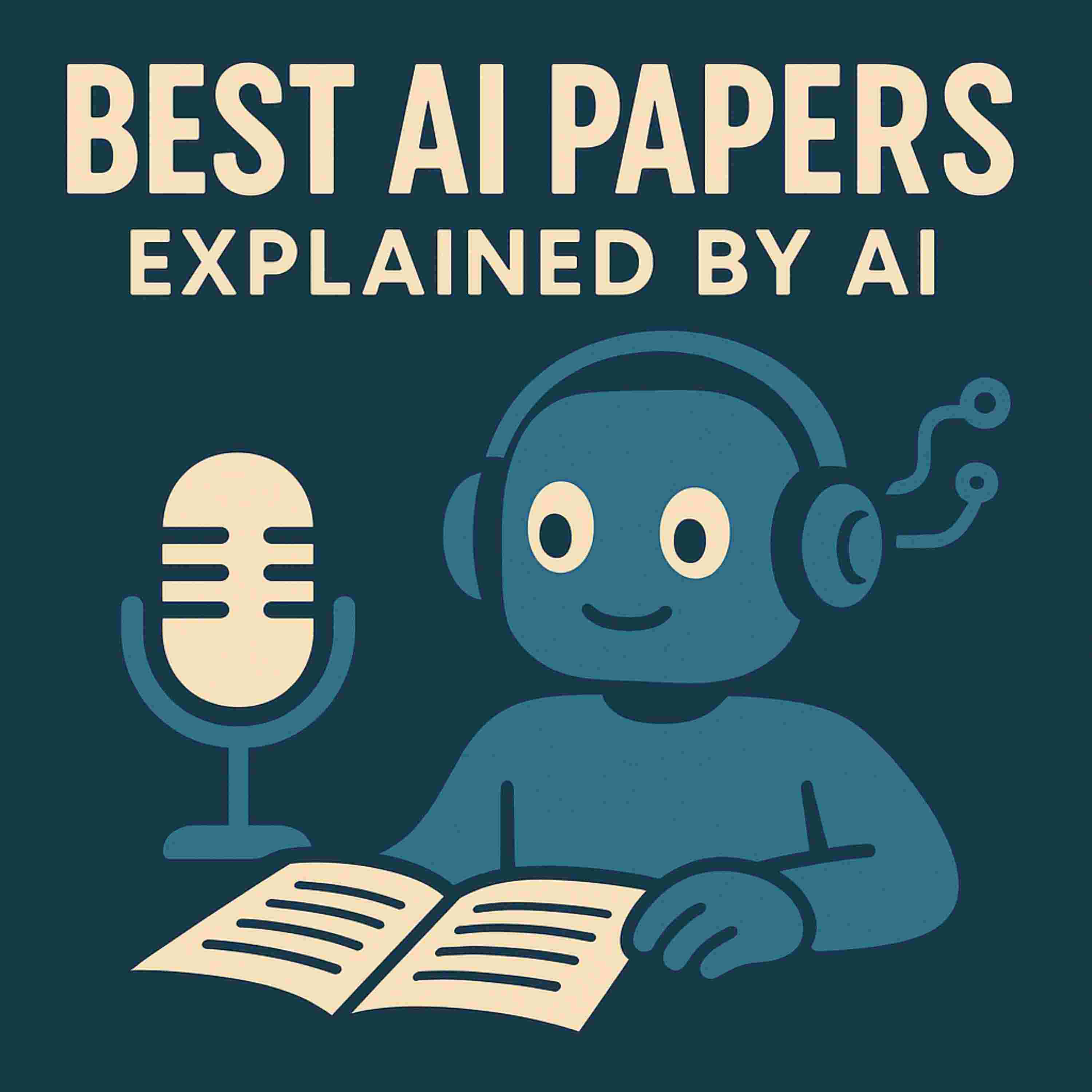

We discusse a significant shift in artificial intelligence, moving from optimizing single, monolithic **Large Language Models (LLMs)** to optimizing complex, multi-component **LLM agents**. Previously, optimization focused on tuning model **weights ($\theta$)** using methods like **Reinforcement Learning from Human Feedback (RLHF)**, which relied on a clear mathematical objective including **KL-regularized expected reward**. However, the emerging paradigm of agent optimization involves tuning an entire **workflow program ($\Pi$)**, which includes textual prompts, tool usage, and control flow logic. This creates a challenging, **non-differentiable** and **combinatorial optimization space** that lacks a clear mathematical objective. The text then analyzes two prominent frameworks, **DSPy** and **LLM-AutoDiff**, which attempt to bring structure to this new problem by treating it as either a **program search problem** (DSPy) or by introducing a **"calculus of prompts"** with **"textual gradients"** (LLM-AutoDiff), although the latter still relies on semantic, rather than strictly mathematical, objectives.